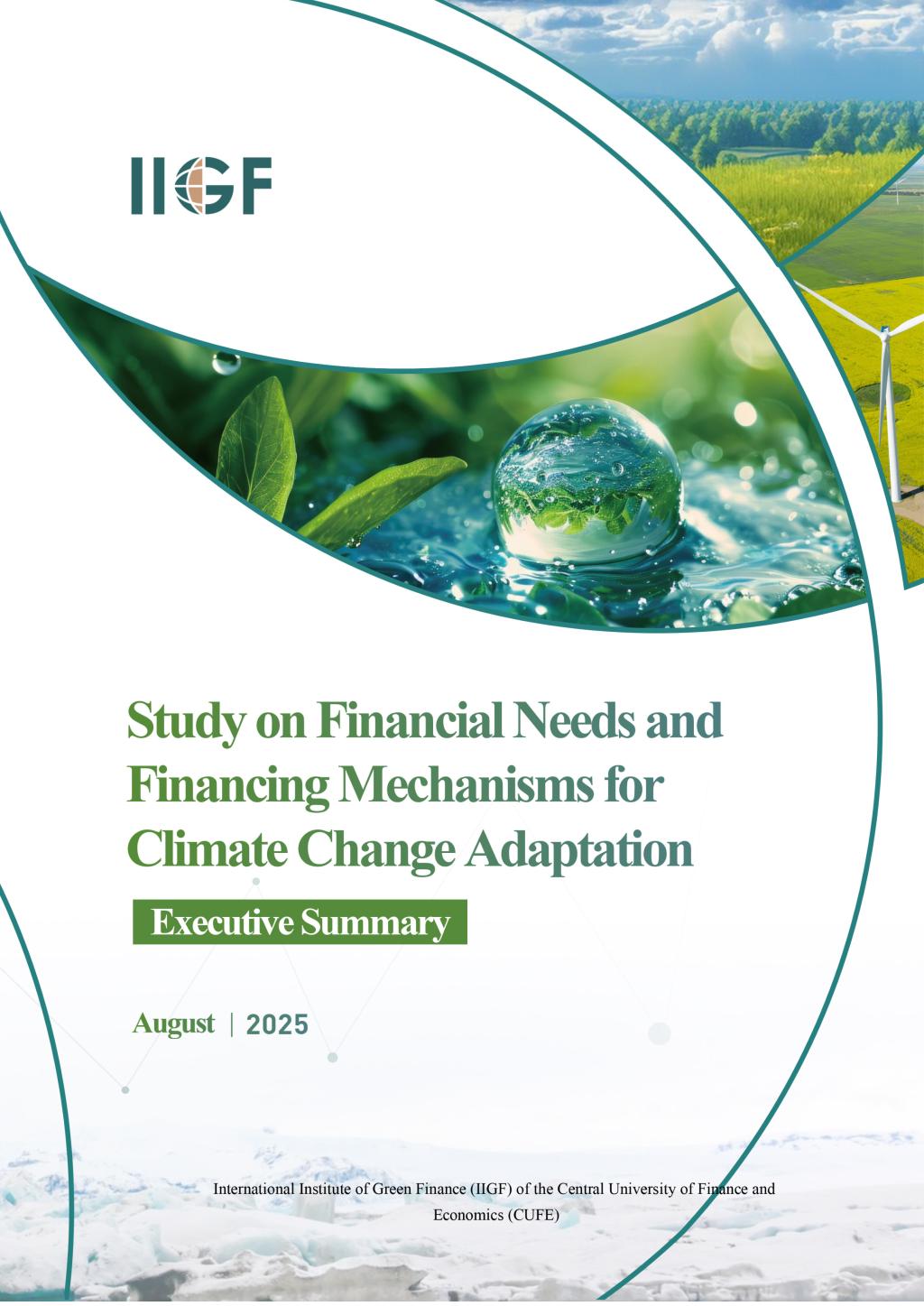
Amid the increasing frequency of extreme weather events such as floods, droughts,and heatwaves, both globally and domestically, socio-economic systems face growing disruptions, making it a pressing need to enhance climate risk adaptation capacity. However, the growth of funding for climate change adaptation has been slow. According to the Adaptation Gap Report 2023 released by the United Nations Environment Programme, the global adaptation finance gap has widened to an annual range of $194 billion to $366 billion. China faces a similar challenge, as the majority of its climate investment and finance is still directed towards mitigation actions, leaving a significant adaptation finance gap that public funds alone cannot bridge.
Consequently, research into the financial needs and financing mechanisms for climate change adaptation is of critical practical significance at this stage. It is crucial not only for clarifying China's required investment directions and building financial bridges to enhance societal adaptation capacity, but also for aligning economic development with the construction of climate resilience. Through a systematic review and analysis of domestic and international theories, practices, and case studies on the assessment of adaptation finance needs and the design of financing mechanisms, this study aims to delineate a methodological framework for assessing adaptation finance needs in China, explore highly feasible financing mechanisms to identify clear directions and pathways, and provide policy recommendations for relevant stakeholders to enhance the adaptation finance framework.
适应气候变化资金需求及融资机制研究  适应气候变化资金需求及融资机制研究-摘要.pdf
适应气候变化资金需求及融资机制研究-摘要.pdf